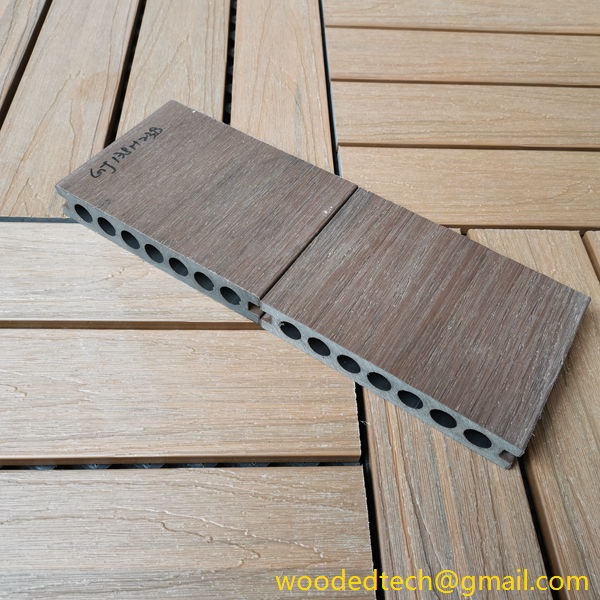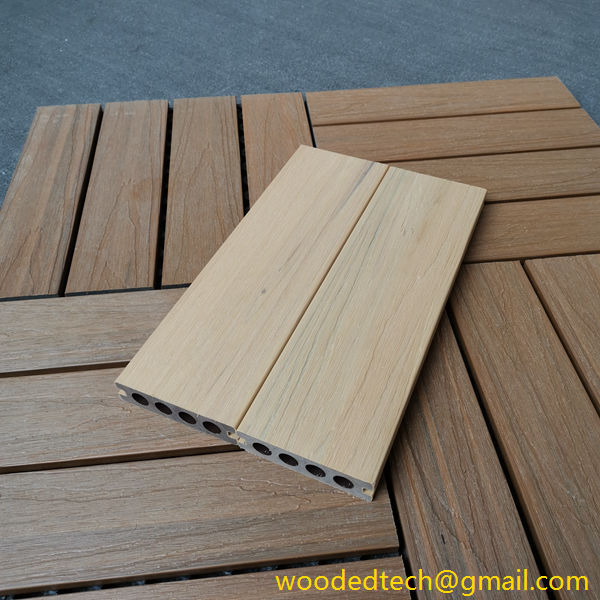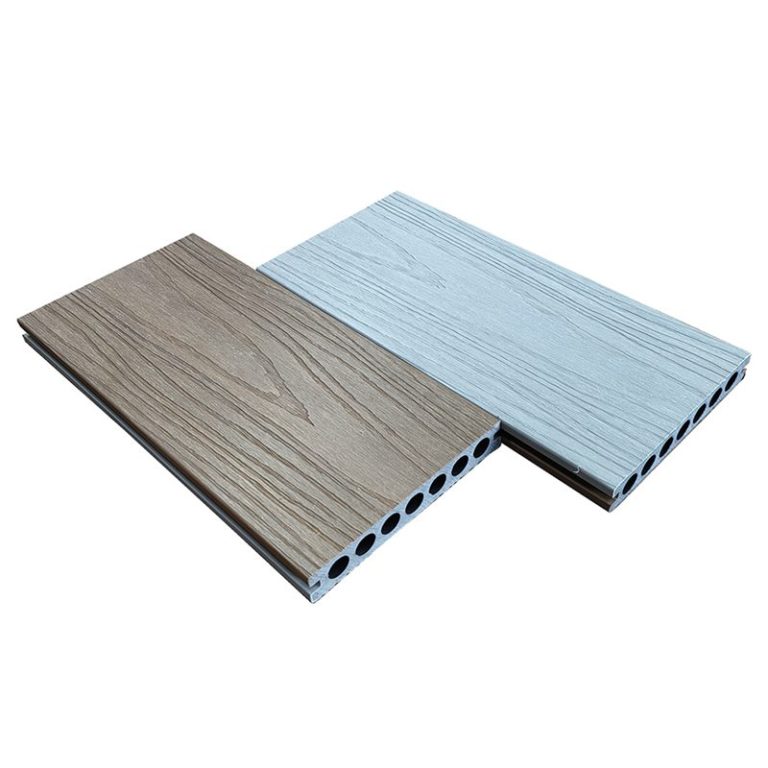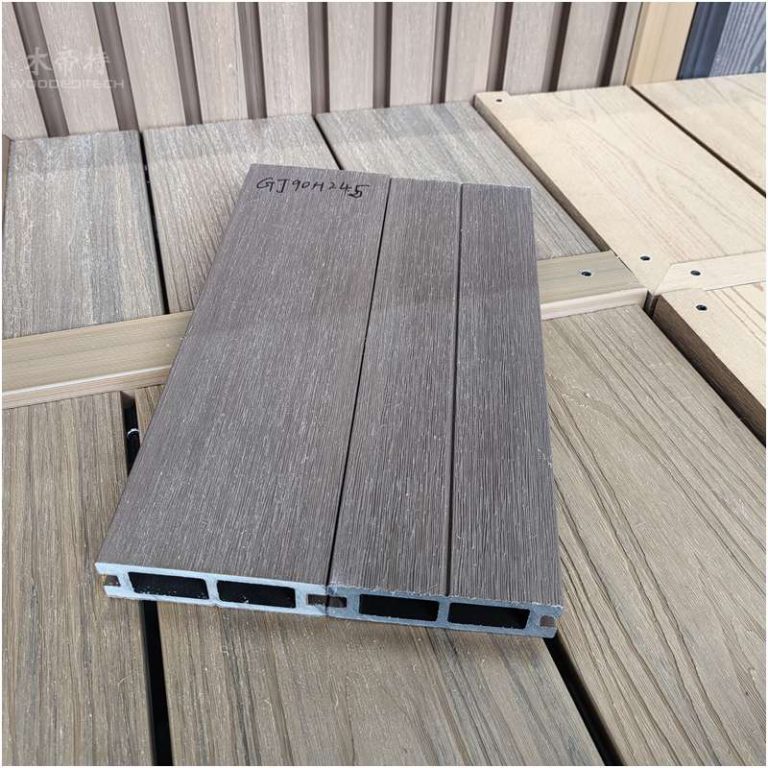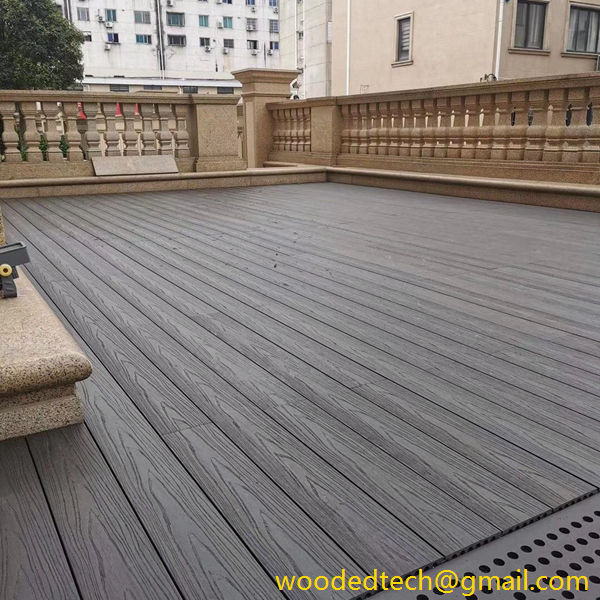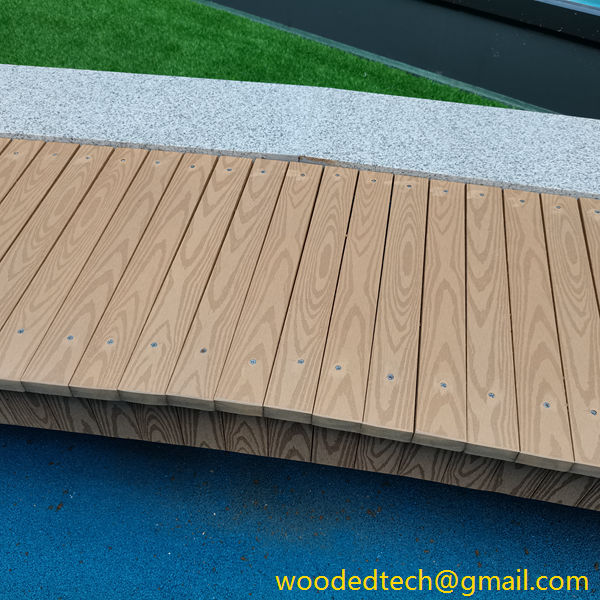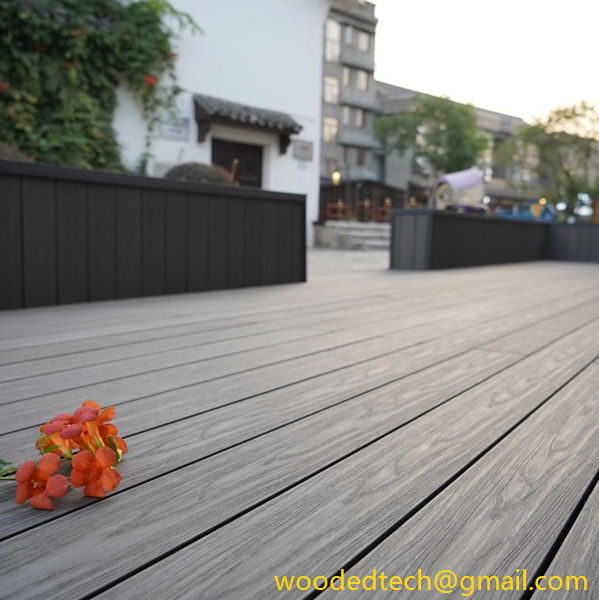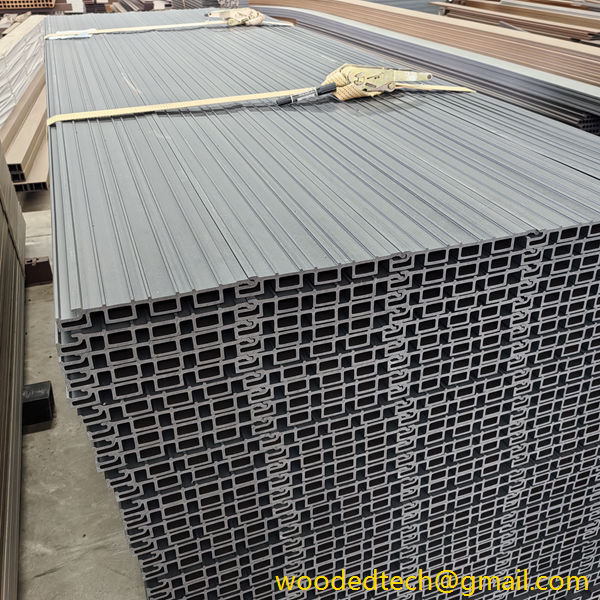Evaluating Is Plastic Decking Any Good for Your Needs?
Evaluating Is Plastic Decking Any Good for Your Needs? When considering the installation of a new deck, one of the first decisions homeowners face is the choice of materials. Among the various options available, plastic decking has gained significant popularity over recent years due to its ease of installation, low maintenance requirements, and aesthetic appeal….
Evaluating Is Plastic Decking Any Good for Your Needs?
When considering the installation of a new deck, one of the first decisions homeowners face is the choice of materials. Among the various options available, plastic decking has gained significant popularity over recent years due to its ease of installation, low maintenance requirements, and aesthetic appeal. However, evaluating whether plastic decking is suitable for your specific needs involves more than just looking at these benefits. This article will delve into the factors that can help you determine if plastic decking is the right choice for your project.
One of the standout features of plastic decking is its straightforward installation process. Unlike traditional wood decking, which often requires specialized tools and skills for cutting, shaping, and fastening, plastic decking typically comes in pre-manufactured boards that are designed for easy assembly. Most plastic decking products use a simple interlocking system or clip installation method, which allows for a quicker setup. Homeowners can often complete the installation themselves without the need for professional help, significantly reducing labor costs.
Moreover, the lightweight nature of plastic decking materials makes them easier to handle during installation. This can be particularly beneficial if you are working alone or have limited physical strength. The convenience of plastic decking extends to its sizing as well. Many manufacturers offer boards in standard lengths that can be easily trimmed to fit your specific deck dimensions, eliminating the need for complex cuts and adjustments that are often required with wood.
Another factor to consider when evaluating plastic decking is its durability. Plastic decking is designed to withstand the elements, resisting moisture, insects, and rot that can plague traditional wood. This durability translates into a longer lifespan for your deck, which is particularly appealing for those who want to avoid the time and expense associated with regular maintenance and repairs. Unlike wood, which may need to be sanded, stained, or sealed periodically, plastic decking typically requires little more than an occasional cleaning with soap and water to maintain its appearance.
In terms of aesthetics, plastic decking has evolved significantly over the years. Many products are now available in a wide range of colors and textures, mimicking the look of natural wood while offering the benefits of plastic. Some manufacturers even produce composite materials that combine recycled plastic with wood fibers, resulting in a product that retains the beauty of wood while enhancing its durability. This means that homeowners can achieve the desired look for their outdoor space without sacrificing performance.
However, while plastic decking offers numerous advantages, it is essential to consider your specific needs and preferences before making a decision. For instance, the initial cost of plastic decking can be higher than that of traditional wood. While the long-term savings on maintenance and replacement may offset this initial investment, it is crucial to evaluate your budget and financial priorities. If you are planning to stay in your home for many years, the durability and low maintenance of plastic decking may make it a worthwhile investment. Conversely, if you are looking for a short-term solution, traditional wood may be more cost-effective.
Another consideration is the environmental impact of plastic decking. While many plastic decking products are made from recycled materials, the production process can still involve environmental concerns. If sustainability is a significant priority for you, it is essential to research the specific products you are considering and their environmental certifications. Some manufacturers focus on eco-friendly practices, using renewable materials and sustainable production methods, which can align better with your values.
Additionally, it is essential to think about the climate in your area. Plastic decking can become hot in direct sunlight, which may not be ideal for regions with intense heat. If you live in a particularly warm climate, you may want to consider how comfortable your outdoor space will be during the summer months. Some types of plastic decking are designed to reflect heat better than others, so it is worth investigating these options if heat retention is a concern.
In conclusion, evaluating whether plastic decking is suitable for your needs involves several factors, including ease of installation, durability, aesthetics, cost, environmental impact, and climate considerations. The ease of installation is a significant advantage, allowing homeowners to complete projects quickly and independently. The long-lasting nature of plastic decking can save money in the long run by reducing maintenance and replacement needs.
However, it is essential to weigh these benefits against other factors, such as initial costs and environmental considerations. By thoroughly assessing your specific needs, preferences, and budget, you can make an informed decision that will enhance your outdoor space for years to come. Whether you ultimately choose plastic decking or another material, understanding the pros and cons will ensure a satisfying and successful decking project.

